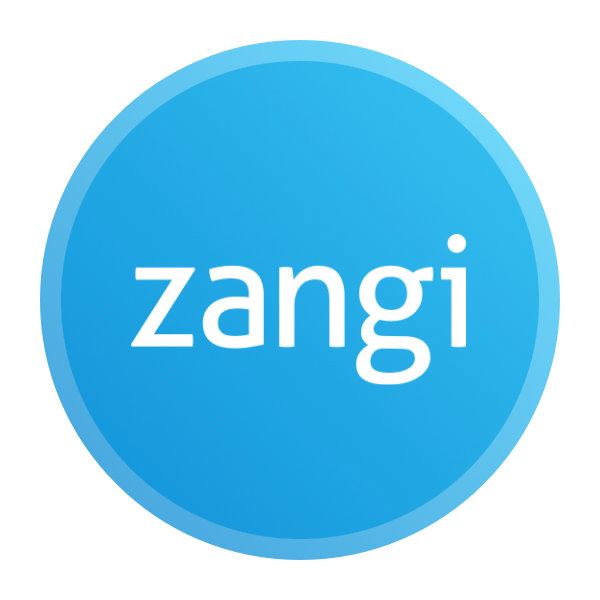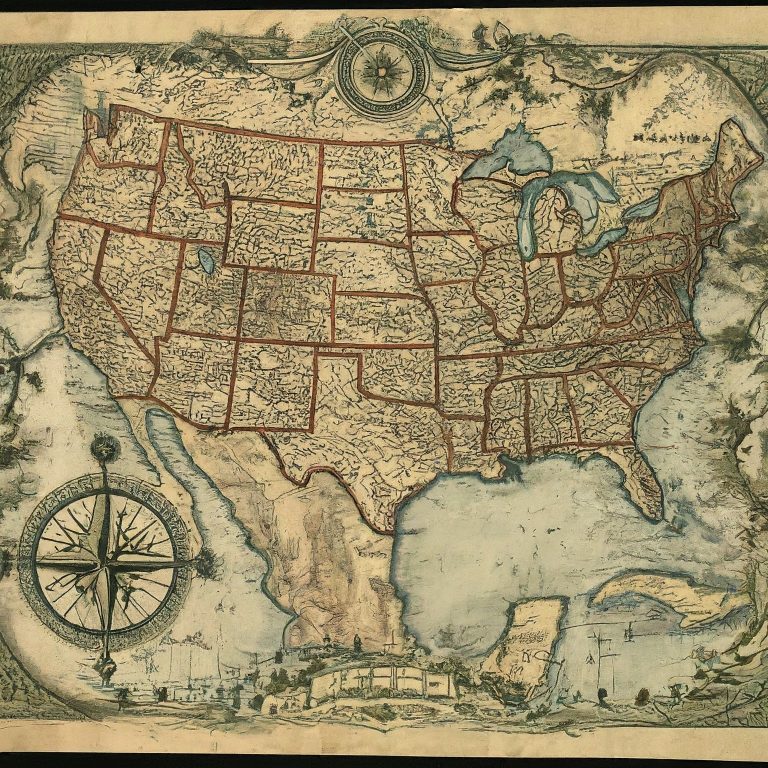Navigating the world of health insurance can be a daunting task for small business owners in North Dakota. With rising healthcare costs and a complex regulatory landscape, it’s essential to make informed decisions to ensure the well-being of your employees and the financial health of your business. This comprehensive guide will provide you with valuable insights into small business health insurance in North Dakota, helping you understand the available options, key considerations, and resources to support your decision-making process.
Contents
Understanding the Importance of Small Business Health Insurance
Offering health insurance to your employees can yield numerous benefits for both your workforce and your business. Here are some key reasons why small business health insurance is crucial in North Dakota:
- Attracting and retaining top talent: In a competitive labor market, offering health benefits can be a significant differentiator, helping you attract and retain skilled employees.
- Boosting employee morale and productivity: Health insurance provides employees with peace of mind, knowing they have access to quality healthcare, leading to increased job satisfaction and productivity.
- Improving employee health and well-being: Access to preventive care and early intervention can lead to healthier employees, reducing absenteeism and presenteeism.
- Potential tax advantages: Depending on your business size and structure, you may be eligible for tax credits or deductions for providing health insurance to your employees.
Key Considerations for Choosing Small Business Health Insurance in North Dakota
Selecting the right health insurance plan for your small business requires careful consideration of various factors. Here are some key aspects to keep in mind:
- Number of employees: The size of your workforce can impact the type of health insurance plans available to you.
- Employee demographics: Consider the age, health status, and family situation of your employees to determine the appropriate level of coverage.
- Budget: Set a realistic budget for health insurance premiums and factor in potential out-of-pocket costs for your employees.
- Network coverage: Ensure the plan’s network includes healthcare providers in your area that your employees prefer.
- Benefits and coverage: Evaluate the plan’s benefits, including covered services, prescription drug coverage, and mental health benefits.
- Cost-sharing: Understand the plan’s deductibles, copayments, and coinsurance requirements.
- Plan flexibility: Consider plans that offer flexibility, such as Health Savings Accounts (HSAs) or Flexible Spending Accounts (FSAs).
Types of Small Business Health Insurance Plans in North Dakota
There are several types of health insurance plans available to small businesses in North Dakota. Each plan type has its unique features and cost structures. Here’s an overview of the common options:
- Fully insured plans: These plans are offered by insurance companies and provide comprehensive coverage. The insurer assumes the financial risk for claims, and premiums are based on the group’s demographics and health history.
- Self-funded plans: With self-funded plans, the employer assumes the financial risk for claims and pays them directly. These plans offer greater flexibility and potential cost savings but require careful financial management.
- Level-funded plans: Level-funded plans combine features of fully insured and self-funded plans. Employers pay a fixed monthly premium, and any unused funds at the end of the year may be returned or credited.
- Group captive plans: Group captive plans involve a group of employers pooling their resources to form a captive insurance company. This arrangement can lead to potential cost savings and greater control over plan design.
Navigating the North Dakota Small Employer Health Insurance Marketplace (SHOP)
The North Dakota Small Employer Health Insurance Marketplace (SHOP) is a valuable resource for small businesses seeking health insurance coverage. SHOP offers a variety of plans from multiple insurers, making it easier to compare options and find the best fit for your business. Here are some key features of SHOP:
- Eligibility: Businesses with up to 50 full-time equivalent employees can participate in SHOP.
- Plan options: SHOP offers a range of Qualified Health Plans (QHPs) that meet certain minimum coverage standards.
- Tax credits: Eligible small businesses may qualify for tax credits to help offset the cost of premiums.
- Enrollment assistance: SHOP provides enrollment assistance and support to help businesses navigate the process.
Understanding the Affordable Care Act (ACA) and its Impact on Small Businesses
The Affordable Care Act (ACA) has significantly impacted the health insurance landscape for small businesses. Here are some key provisions to be aware of:
- Employer mandate: Employers with 50 or more full-time equivalent employees are generally required to offer health insurance to their employees or face potential penalties.
- Essential health benefits: All QHPs offered in the individual and small group markets must cover a set of essential health benefits, including preventive care, hospitalization, and prescription drugs.
- Pre-existing conditions: Insurers cannot deny coverage or charge higher premiums based on pre-existing conditions.
- Dependent coverage: Adult children can remain on their parents’ health insurance plans until age 26.
Strategies for Managing Small Business Health Insurance Costs
Rising healthcare costs can strain small business budgets. However, there are strategies you can implement to manage costs effectively:
- Wellness programs: Promote healthy behaviors among your employees through wellness programs, which can lead to reduced healthcare utilization and lower premiums over time.
- Health Savings Accounts (HSAs): Offer HSAs to eligible employees, allowing them to save pre-tax dollars for qualified medical expenses.
- High-deductible health plans (HDHPs): Consider HDHPs, which typically have lower premiums but higher deductibles. These plans can be paired with HSAs to help employees manage out-of-pocket costs.
- Negotiate with insurers: Don’t hesitate to negotiate with insurers for better rates or plan features.
- Review your plan annually: Regularly review your plan options and compare them to ensure you’re getting the best value for your money.
Additional Resources for Small Business Health Insurance in North Dakota
Several resources are available to assist small businesses in North Dakota with their health insurance needs. Here are some helpful options:
- North Dakota Insurance Department: The Insurance Department provides regulatory oversight and consumer protection for insurance matters in the state.
- North Dakota Small Business Development Center (SBDC): The SBDC offers free counseling and training to help small businesses navigate various aspects of running a business, including health insurance.
- Local insurance agents and brokers: Consult with licensed insurance professionals who specialize in small business health insurance to get personalized guidance and support.
Conclusion
Small business health insurance in North Dakota is a critical investment in your employees’ well-being and the success of your business. By understanding the available options, key considerations, and resources, you can make informed decisions that benefit both your workforce and your bottom line. Remember to prioritize your employees’ needs, evaluate your budget, and explore the various plan types and cost-saving strategies to find the perfect health insurance solution for your small business. With careful planning and informed choices, you can ensure your employees have access to quality healthcare while maintaining the financial health of your business in North Dakota.






